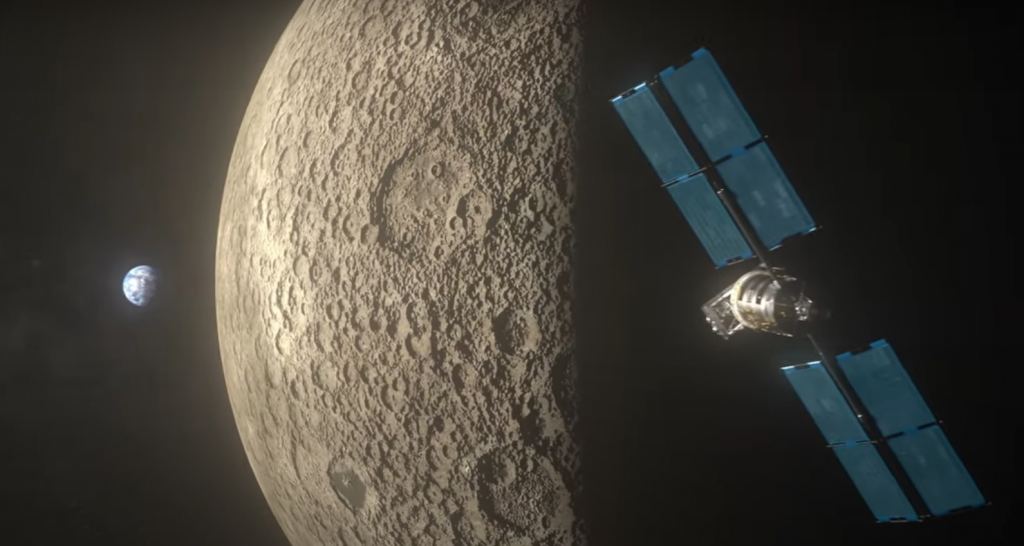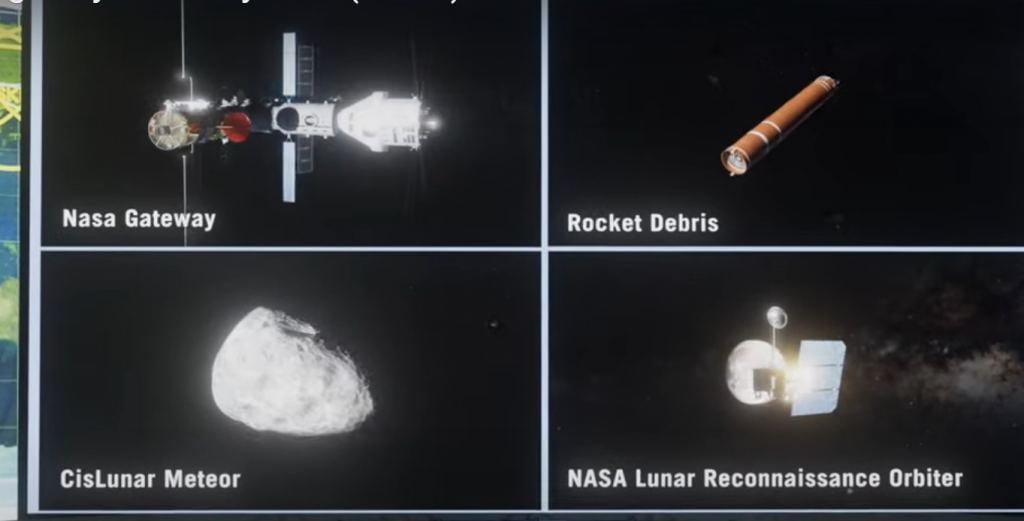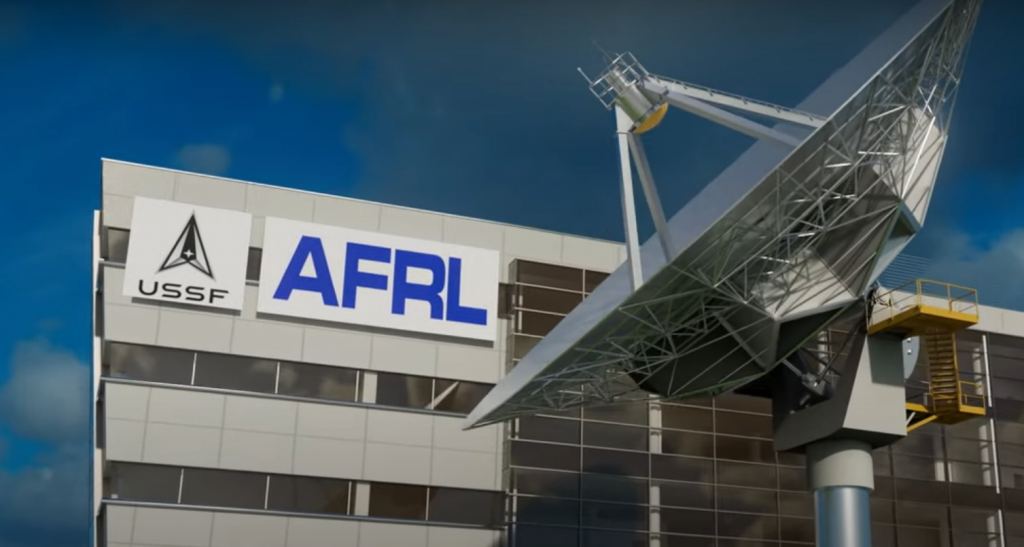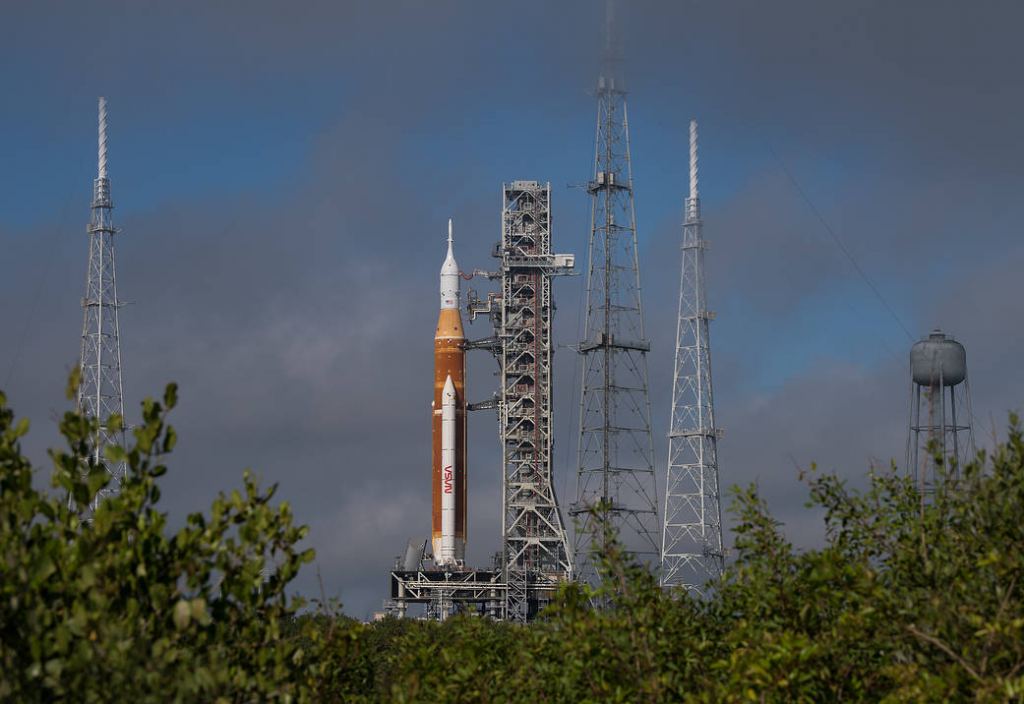An innovative new network CHPS may control space traffic around the Moon.
As human activity extends outward into the solar system, we'll need a way to keep track of space junk, and the growing number of missions around the Moon and beyond.
Recently, the newly-formed U.S. Space Force announced plans to create CHPS, the Cis-lunar Highway Patrol System. Despite an acronym harking back to a certain cheesy TV series in the 1970s, CHPS will provide a serious look at space traffic further out in orbit around the Earth-Moon system. Such a network is vital, as private companies and space agencies are set to return to the Moon in a big way in the coming decade.
"The CHPS program will deliver space domain awareness, in a region that is one thousand times greater than our current area of responsibility," says CHPS program manager Michael Lopez in a recent press release. "AFRL is interested in hearing from companies that may have ideas that differ from ours, and could contribute to the satellite's capabilities."
The problem was highlighted recently with the impact of a rocket booster on the Moon on March 4th. Though far from a singular event, (discarded objects related to lunar missions have been hitting the Moon since the Soviet Union's Luna-1 mission in 1959) this was one of the first such 'lost objects' to be re-discovered right before impact. First thought to be a SpaceX Falcon-9 booster from the DSCOVR mission, the booster was later identified as belonging to China's 2014 Chang'e 5-T1 mission, though the CNSA denies it was theirs. LRO still hopes to image the Hertzsprung crater site on the lunar farside, post impact.
The University of Arizona's Space Domain Awareness Lab also played a role in identifying the errant booster, taking a spectra with the University's Robotic Automated Pointing Telescopes for Optical Reflectance Spectroscopy (RAPTORS) telescope system, which noted the artificial paint coating on the object.
The Air Force Research Laboratory (USSF/AFRL) is working in concert with the U.S. Space Force to design a satellite or series of satellites in cis-lunar orbit to form the Cis-Lunar Highway Patrol System. The system will monitor crewed missions, space debris, and natural asteroids in the lunar environment.
The European Space Agency also recently announced plans for a similar communication constellation around the Moon, named Moonlight. China already has a permanent lunar farside relay mission, named Queqiao. This Earth-Moon L2-based relay assisted with the Chang'e-4 mission in 2019, which performed the first ever successful soft landing on the lunar farside.
Such networks will not only be vital to providing real time communications for astronauts on the lunar surface, but can also provide a in-situ positioning system for missions on and around the Moon. Such a network will prove vital to operations as activity picks up. Of course, one topic that has yet to be addressed is international cooperation for such a system: will it be open to any nation or corporation operating on or around the Moon, or proprietary?
Coming right up in 2022 alone, we have the inaugural flight of NASA's Space Launch Systems (SLS) rocket with the uncrewed Artemis-1 mission around the Moon and the CAPSTONE lunar gateway pathfinder mission launching on a Rocket Lab Electron rocket, both in May. This summer, Astrobotics, and Intuitive Machines will begin private rideshare missions to the lunar surface, both under NASA's CLPS (Commercial Lunar Payload Services) program.
Expect to see CHPS in place sometime around 2025, possibly in time for the first crewed Artemis Moon landings. The Moon is about to be a busy place, and CHPS will be the celestial traffic cop needed to sort things out in cis-lunar orbit.
*Lead image credit: USSF/AFRL*
 Universe Today
Universe Today




